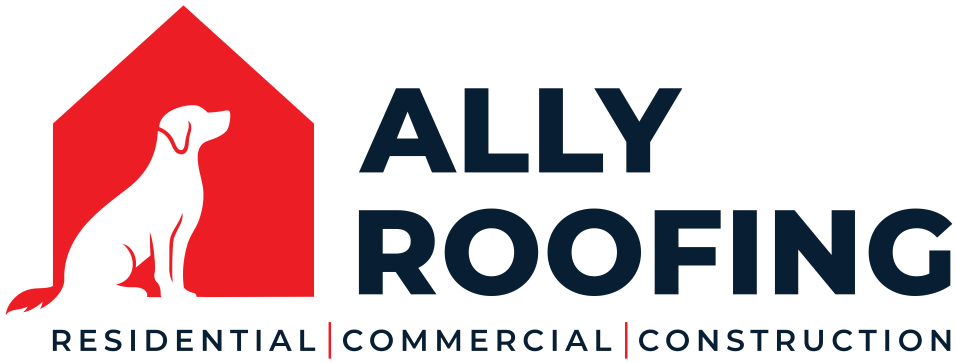Mold and its spores are literally all around us That being said, for active mold to begin growth, it requires moisture. Regardless if found on visible surfaces or hiding behind drywall, in attics, or under carpets, indoor mold grows in the presence of excessive dampness or water. Additionally, things found in damp indoor environments are:
- bacteria;
- dust mites;
- airborne chemicals, gasses, and particulate matter caused by the destruction of materials by growing molds.
Indoor Mold Problems
Though unsightly and odorous, the potential problems of indoor mold are far more serious. Actively-growing mold damages the material it lives on which impairs the structural integrity. Additionally, mold can increase complications with allergies and infections.
Mold growth in homes, schools, and businesses should be eliminated. Small growth cleanups can be performed by homeowners. The elimination of mold from large areas will require the expertise of mold removal experts.
Indoor Mold Health Complications
The type and severity of health effects that result from molds exposure are widely variable among different locations, from person to person and over time.
Although difficult to predict, exposure to indoor mold is most often associated with the following allergy symptoms:
- Nasal and sinus congestion
- Cough/sore throat
- Chest tightness
- Dyspnea (breathing difficulty)
- Asthma (or exacerbation of it)
- Epistaxis (nosebleed)
- Upper respiratory tract infections
- Headache
- Skin and eye irritation
Long-Term Effects
Long-term exposure to indoor mold is a detriment to anyone’s health. Yet, some groups will develop more severe symptoms sooner than others. These may include:
- Infants and children
- Elderly people
- Individuals with respiratory conditions, allergies and/or asthma
- Immunocompromised patients
Severe Issues
There are some indoor molds that are capable of producing extremely potent toxins referred to as mycotoxins. These toxins are lipid-soluble and readily absorbed by the intestinal lining, airways, and skin. They will usually be contained in the fungal spores creating toxic effects. These effects can range from short-term irritation to immunosuppression and cancer.
Continuous human exposure can result in more severe symptoms to indoor mycotoxigenic molds which include:
- Cancer (aflatoxin best characterized as potential human carcinogen)
- Hypersensitivity pneumonitis/pulmonary fibrosis
- Pulmonary injury/hemosiderosis (bleeding)
- Neurotoxicity
- Hematologic and immunologic disorders
- Hepatic, endocrine and/or renal toxicities
- Pregnancy, gastrointestinal and/or cardiac conditions
The clinical relevance of mycotoxins under realistic airborne exposure levels has not been fully established. Case studies do not yet have supporting evidence for these and other health effects as results have not been reproduced or may involve symptoms that are subjective.
It always pays to be well prepared for whatever the future brings. This is also why you should have a restoration company you know and trust. Mission Restorations has experts in fire, water, and mold restoration. If ever in need of services, don’t hesitate to call the best damage restoration team in Charlotte and its surrounding areas at 704-727-2000.



